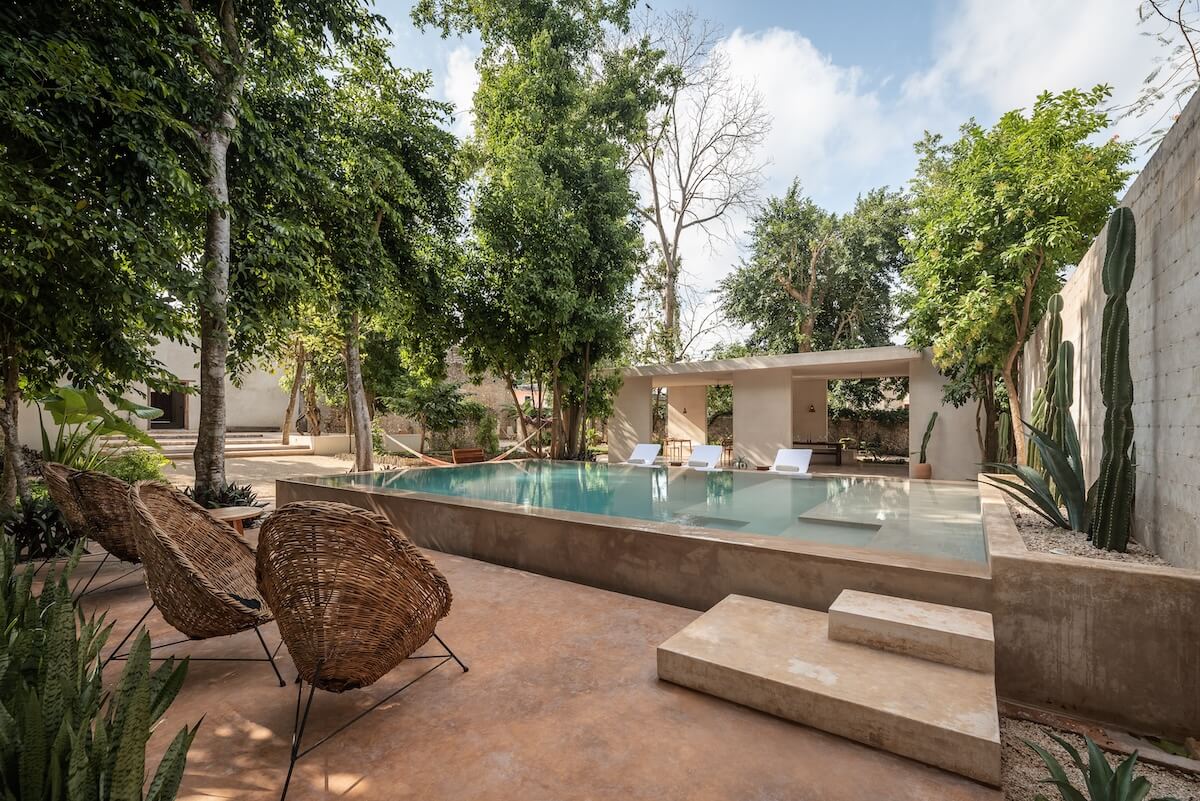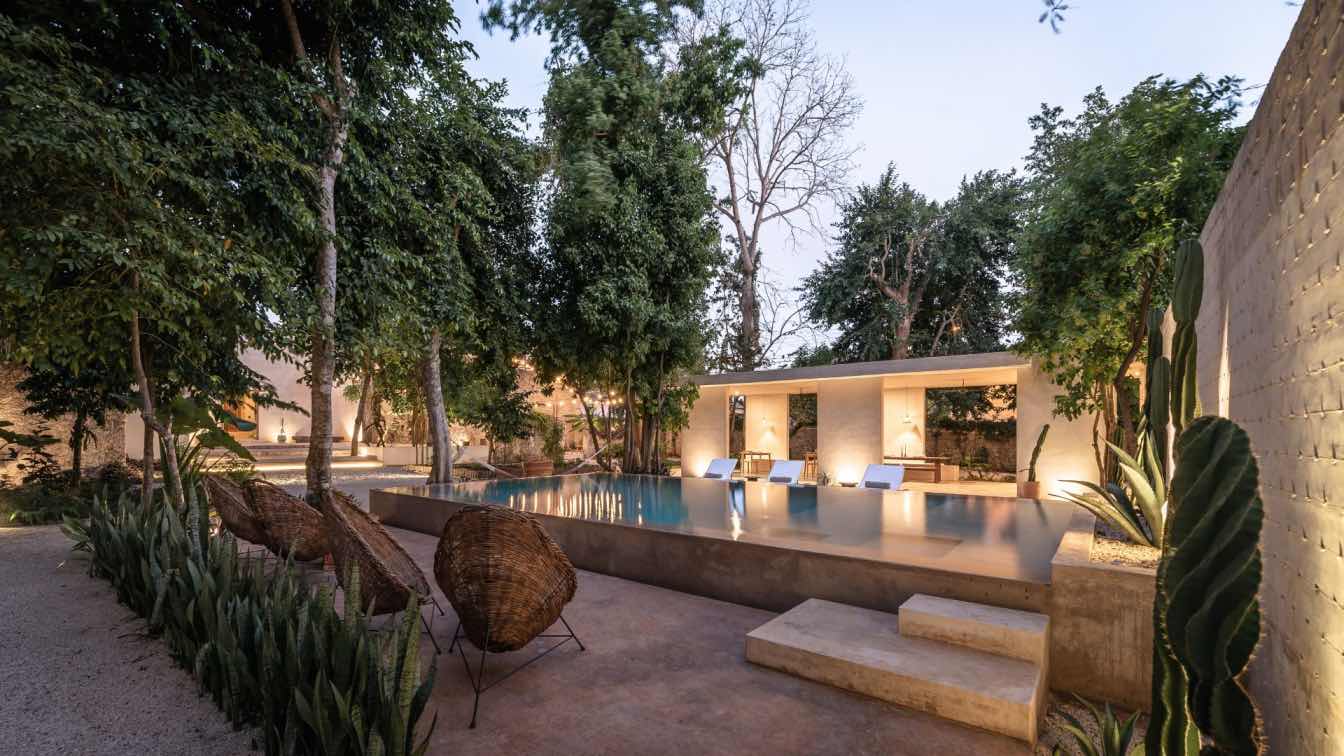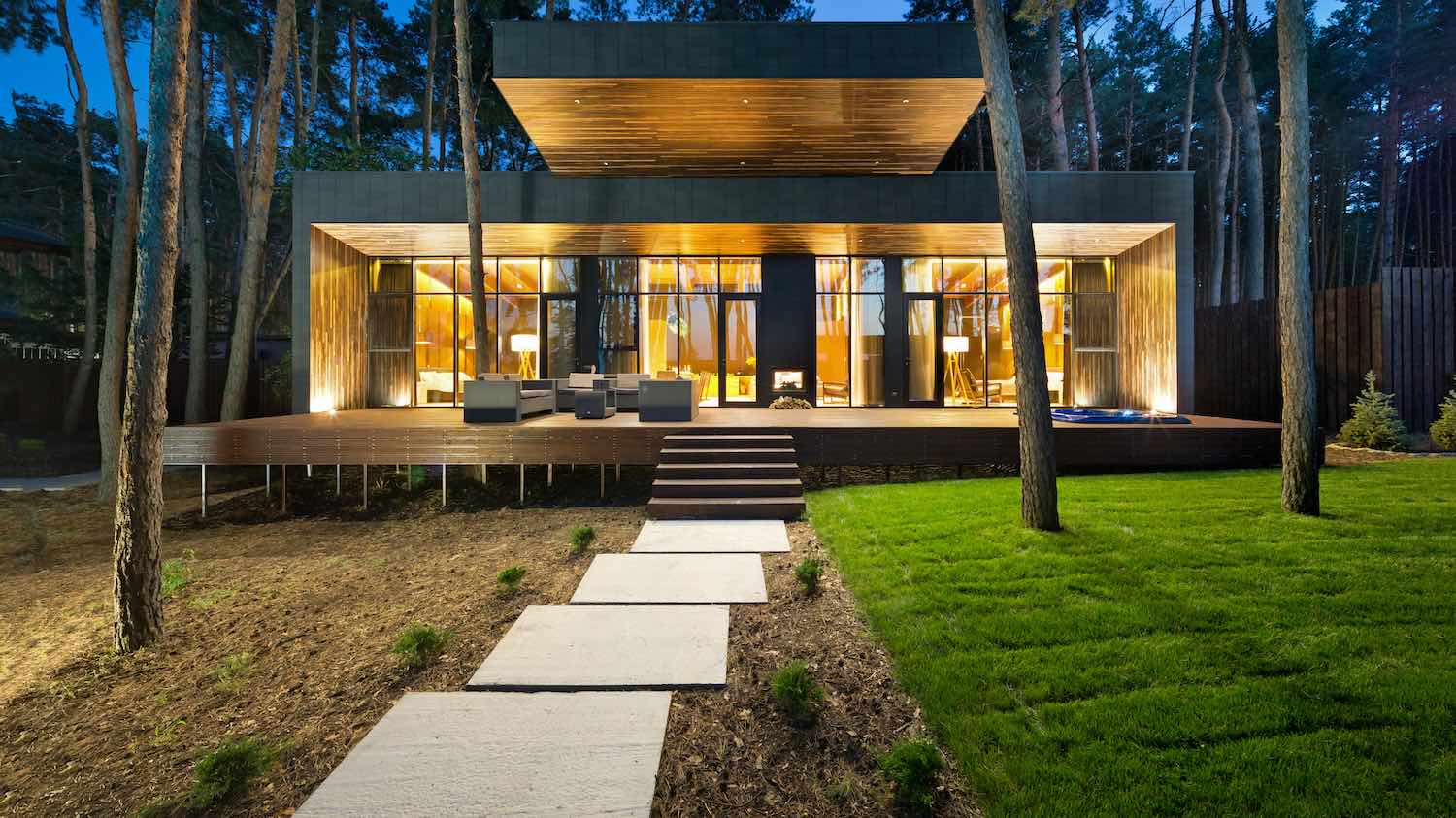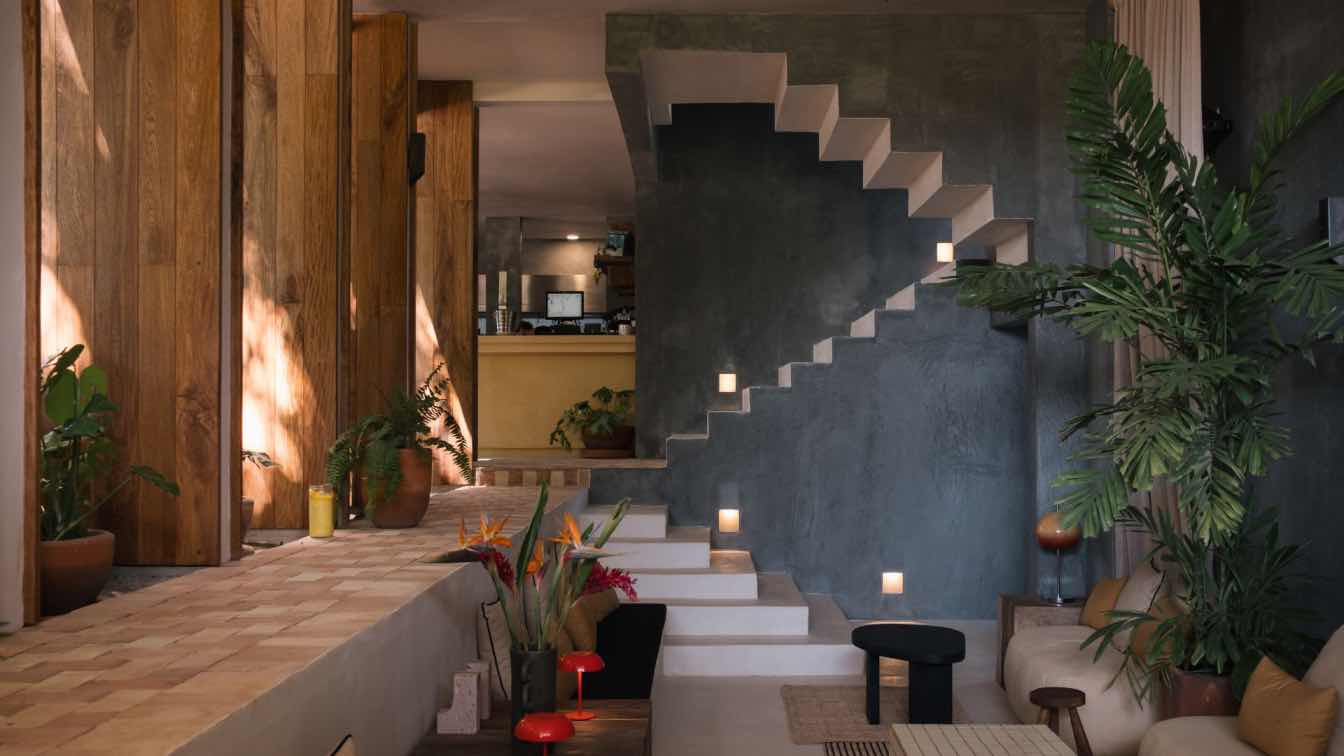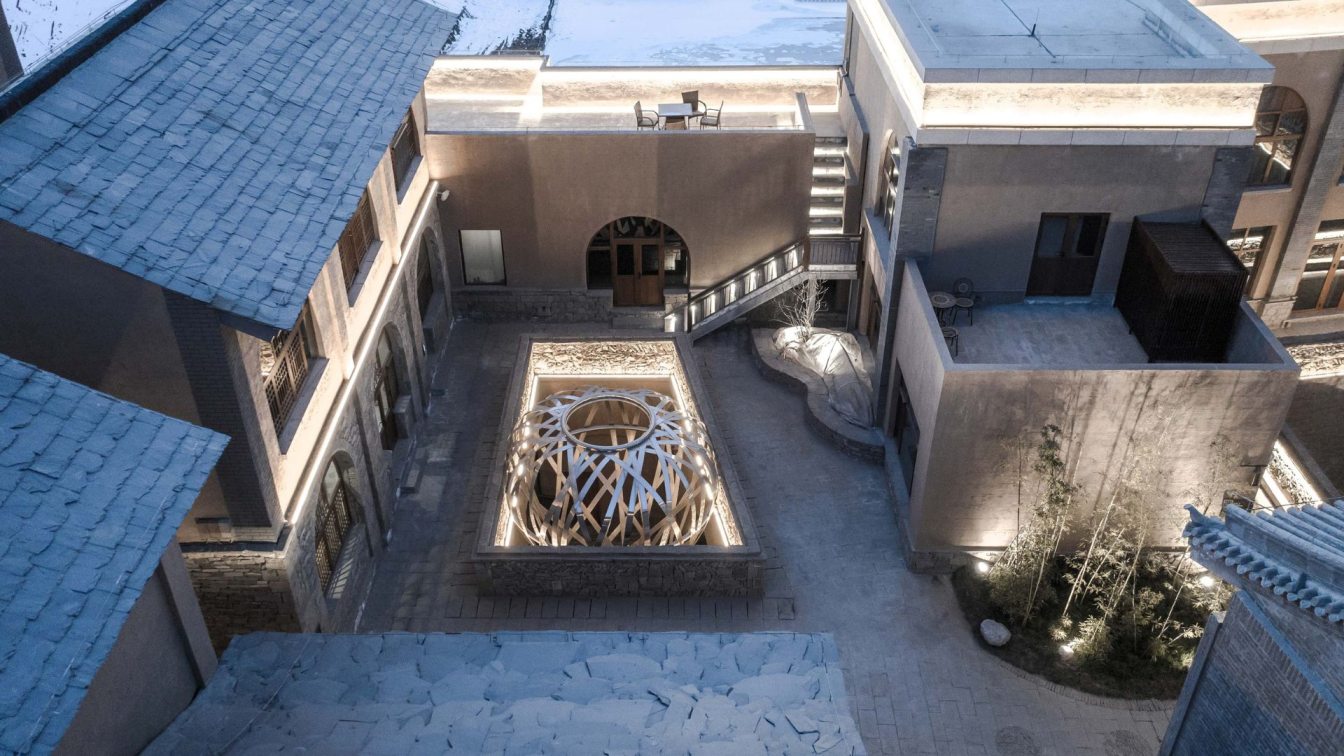Collectif Como: The Casona los Cedros project is located in the historic center of the town of Espita. CASONA LOS CEDROS is first and foremost an architectural project of integral rehabilitation of an old building, which was the home of an Espita family before being abandoned for thirty years. Today it houses the reception of the boutique hotel CEDROS and the CASONA restaurant.
Always with a sense of detail and respect for local materials, the eight rooms, the swimming pool and the restaurant with its covered terrace, with its contemporary architecture, are integrated into the tropical garden and dialogue with the traditional architecture of the old colonial building. For the renovation of the old part we have used traditional materials and techniques. Stone, natural fiber, pixoy, chukum, certified wood and lime make up the palette of materials. Also used in the new construction, these materials create an aesthetic dialogue between the old and the contemporary.
The project blends harmoniously into the village of Espita thanks to local craftsmanship and quality materials. The masons and carpenters relied on traditional and environment friendly techniques, in particular using local and natural materials. Local craftsmanship is at the heart of the project: the bejuco lamps are woven by Mango, the embroidered textiles are made by Marta, residents of Espita, and the furniture is made by the village carpenters. The old house, located on the corner of the street, had been abandoned for more than 30 years and was in very poor condition. The two main volumes at the front of the house no longer had a roof, which damaged the woodwork and some of the interior stucco.

The first step was to remove all the concrete elements that had been added over the years to restore the building. New chukum-based finishes were added to the existing finishes, new cedar wood windows were made in Espita, and a cement mosaic floor, typical of the Yucatan, was added to add a touch of color to the natural tones of the building.
The garden, which had also been abandoned for years, was filled with trees and vegetation. The architectural project consisted of integrating around the trees without having to cut them down. The vegetation and its tall trees are an integral part of the project, and each built element surrounds and enhances the vegetation. The visual barriers, to create intimacy between the rooms, are created by the vegetation.
The bedrooms have a large window overlooking the greenery, and each bathroom has its own patio to provide a light well and a touch of greenery. As for the infinity pool, it is located in the center of the project, from the entrance you can see the pool, in the perspective of the door. It is surrounded by trees and at night the branches of the trees are reflected in the water mirror, blurring the boundary between reality and reflection.







